Cilantro is an aromatic herb plant that grows in the cool weather of spring and fall. The edible leaves and seeds of the Cilantro are used in traditional cooking.
Cilantro Companion Planting
Companion planting involves growing more than one plant (usually two) in the same land space with the intent of helping one or more of the plants thrive.
The following lines of the article will guide you in choosing the best companion plant for your cilantro plantation.
1. Sweet Alyssum
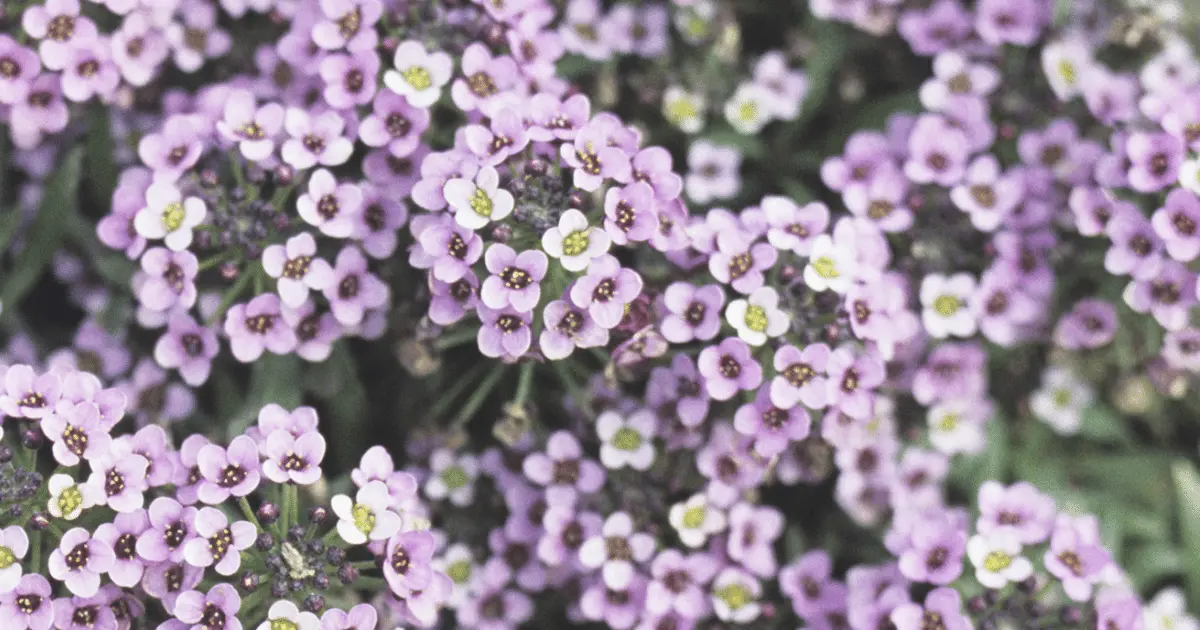
Sweet Alyssum would serve Cilantro as a ground cover, keeping the soil moist so that the Cilantro can continuously get access to the moisture it needs to bloom. Ladybugs and lacewings, which are beneficial insects that prey on cilantro pests (such as aphids), are also attracted by the presence of Cilantro.
2. Anise
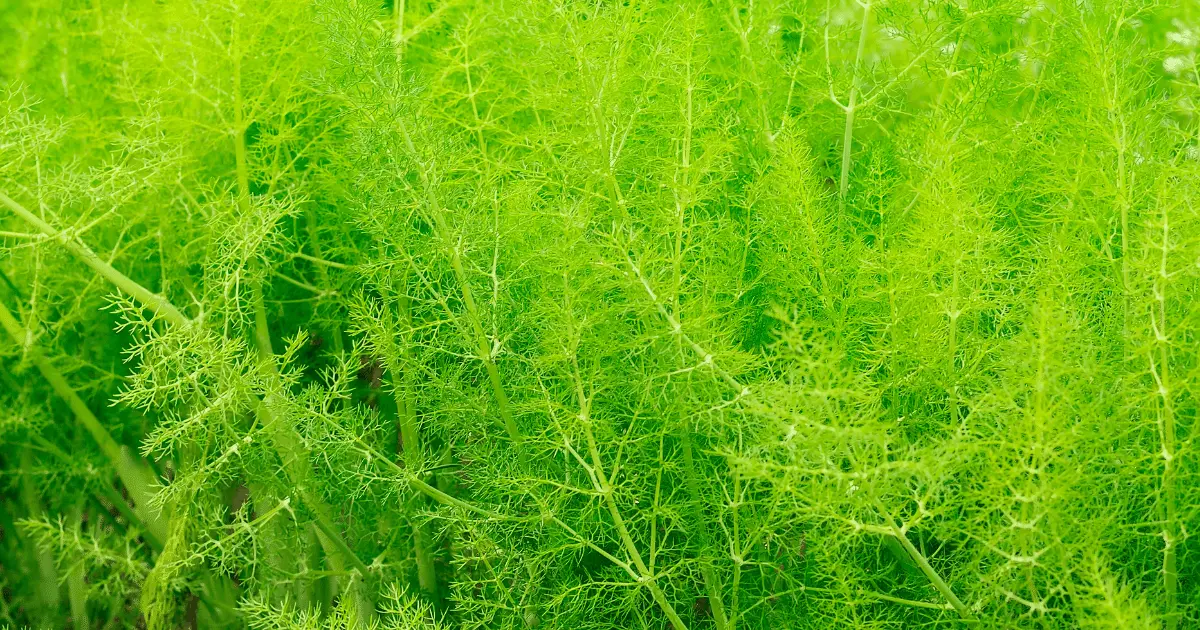
Although this herb isn’t very popular, combining it with Cilantro in the same garden space is good because they grow in similar environmental conditions. Anise seeds grow faster when planted close to Cilantro.
3. Tomato

When hot seasons come, the survival of Cilantro is threatened. So, suppose you cultivate Cilantro in the arids or a similar environmental topography. In that case, you should combine it with tomatoes, providing ample shade for the Cilantro in the extremities.
4. Dill
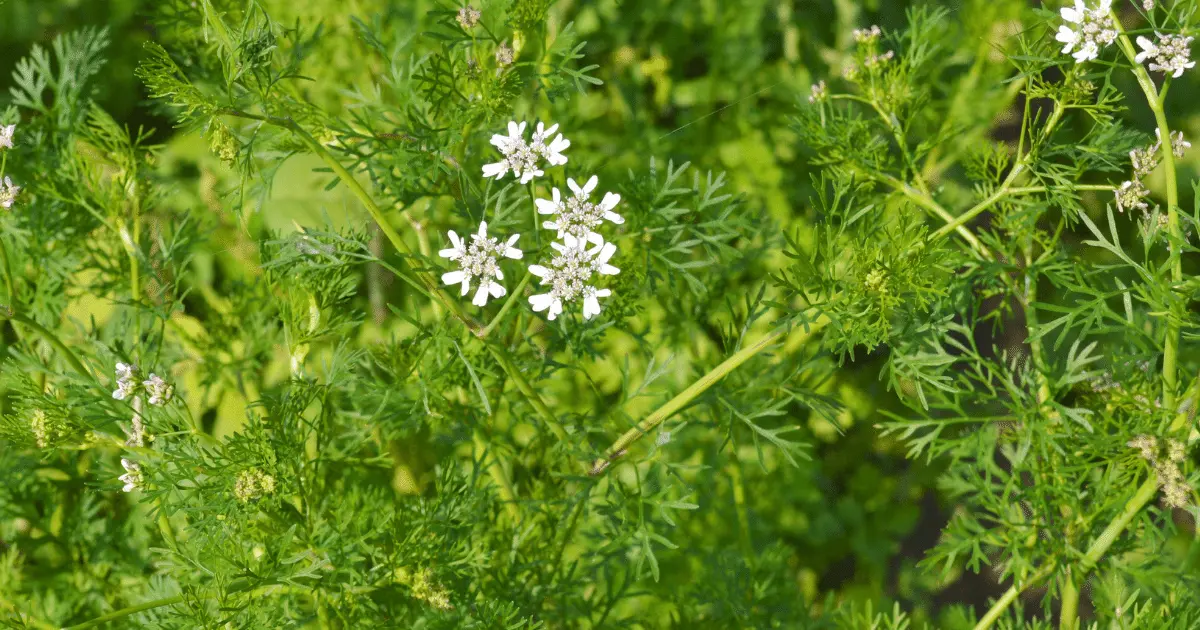
Planting Cilantro with dill will ensure your Cilantro is properly pollinated because dill attracts beneficial insects like pollinators to the farming area.
5. Beans
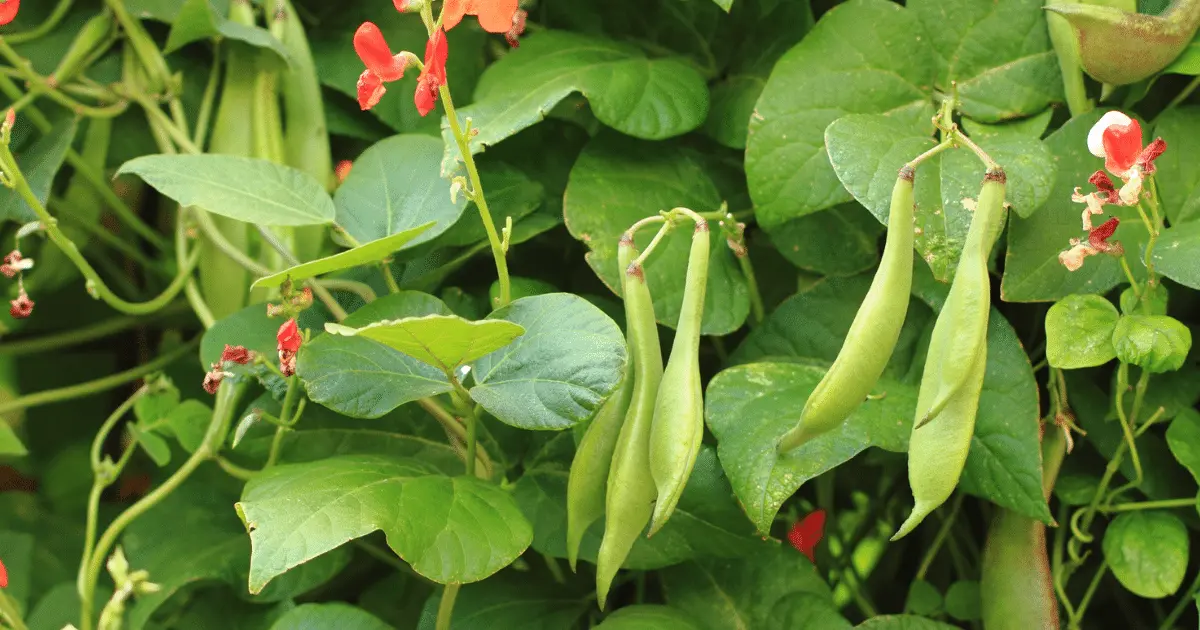
Beans fix nitrogen into the soil, which is essential for Cilantro’s growth and nourishment. Planting Cilantro and beans in the same space gives a better-nourished Cilantro.
6. Peas
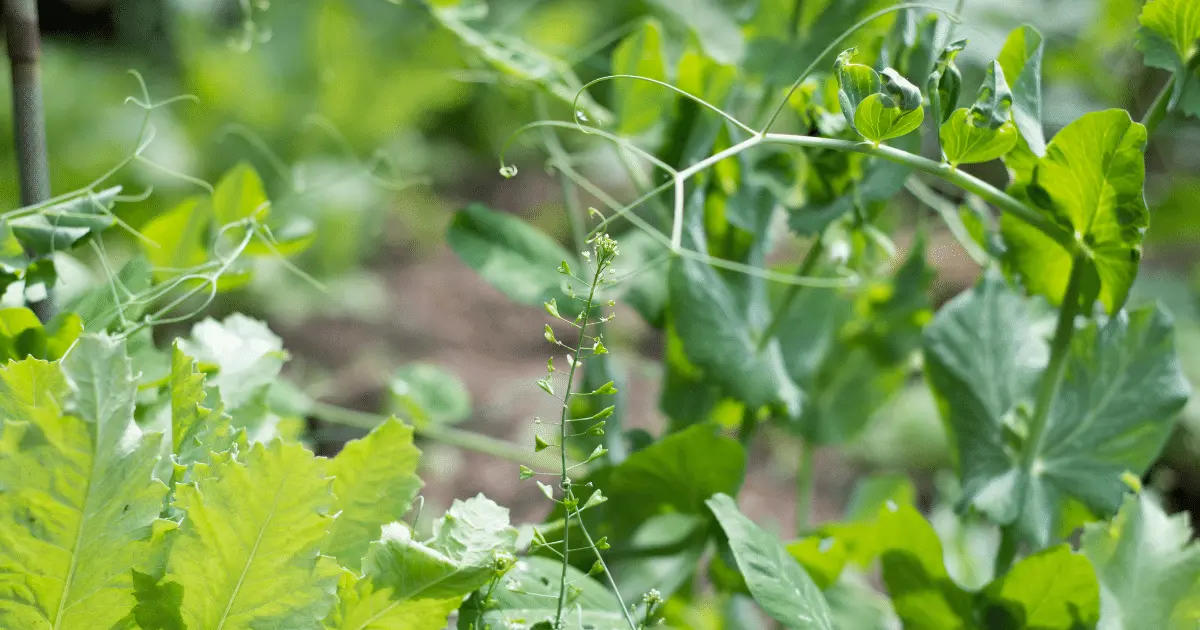
Peas exhume nitrogen below the ground surface; this nitrogen is useful for many plants, including Cilantro. Cilantro especially uses the nitrogen provided into the soil by the presence of peas to flourish.
7. Lanceleaf tickseed

Lanceleaf tickseed is also known as coreopsis. It makes a good Cilantro companion because it attracts beneficial insects that prey on pests of Cilantro, keeping the Cilantro safe. Coreopsis grows tall and can provide Cilantro with ample cooling shade in extreme weather.
8. Spinach

Cilantro attracts ladybugs and hoverflies, which are parasitic to pests of spinach. An enemy of spinach’s enemy is a friend of spinach, after all. The presence of Cilantro, therefore, ensures the harvest of healthy and pest-free spinach.
9. Cabbage

Aphids are terrific cabbage pests, and one of the natural remedies to the infestation of aphids is to plant Cilantro within the cabbage farm space. Cilantro attracts insects that prey on aphids, ensuring an untouched and undamaged cabbage harvest.
10. Chervil
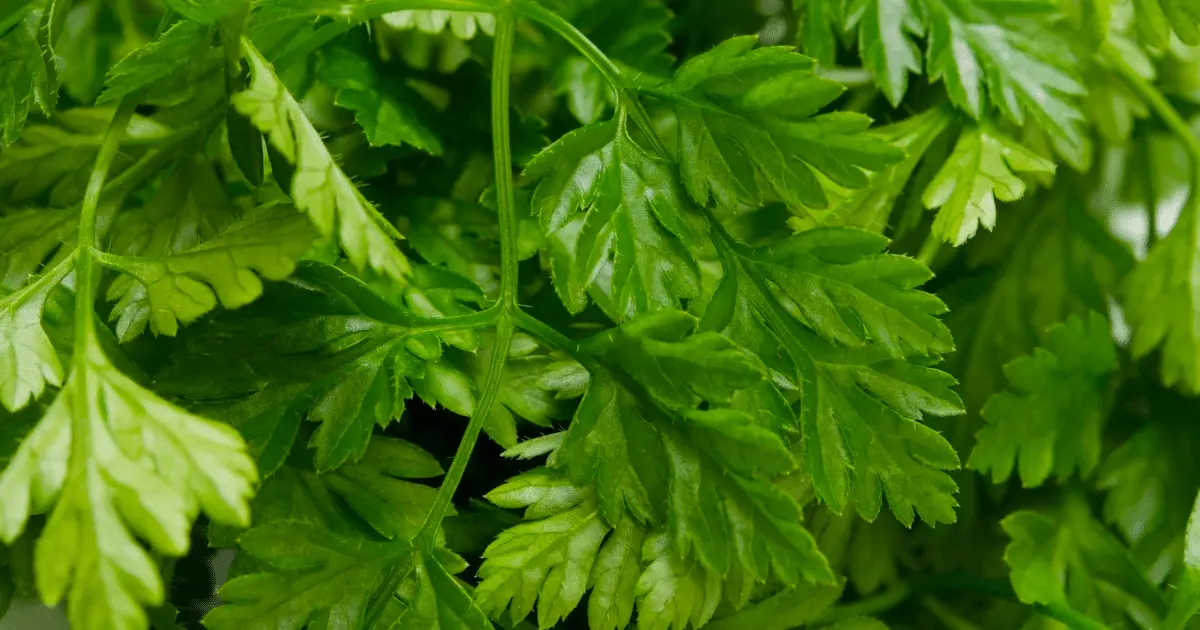
Chervil and Cilantro grow in similar conditions, so you do not have to worry about separate care routines for both plants. Then chervil is an excellent pest repellant, thereby protecting your Cilantro and other garden plants.
11. Lupine
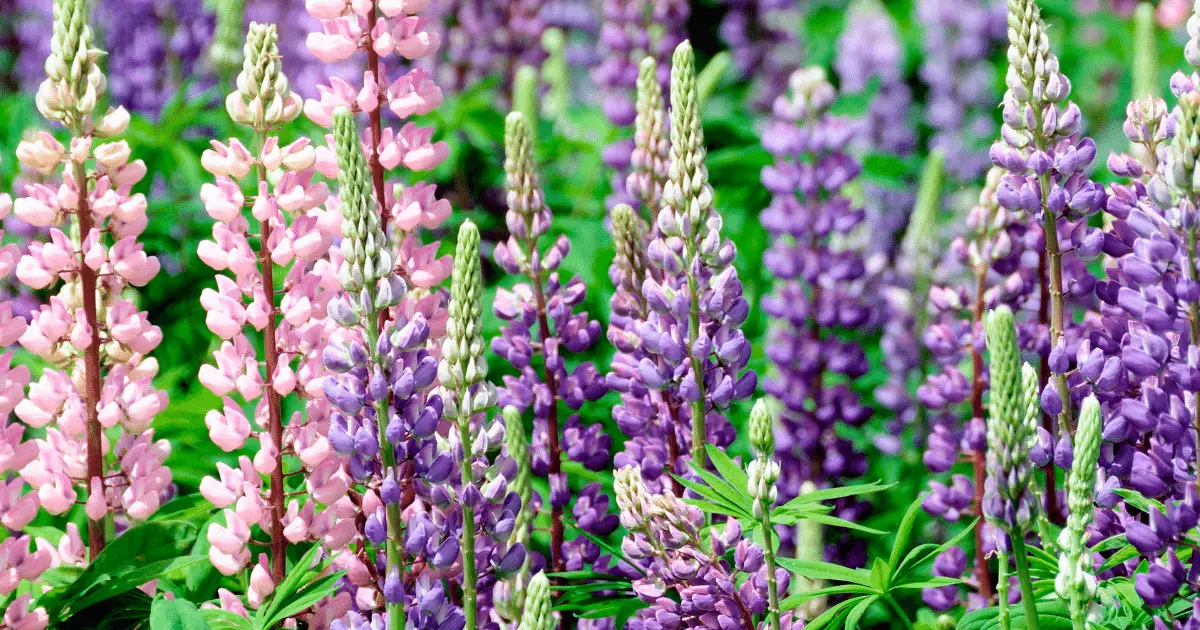
Lupine fixes nitrogen into the soil. Nitrogen is an essential soil nutrient that boosts the growth of Cilantro. Aside from this, lupine attracts beneficial insects, such as pollinators, to the cilantro farm; it also attracts insects that prey on cilantro pests.
12. Sunflower

Sunflowers grow tall, and their height serves as an advantage to Cilantro in that they provide shade to shield Cilantro from the direct impact of harsh sunny conditions. Hummingbirds and butterflies, which are great pollinators, are also attracted by the presence of sunflowers, thereby keeping the cilantro plants properly pollinated as well.
13. Zinnia
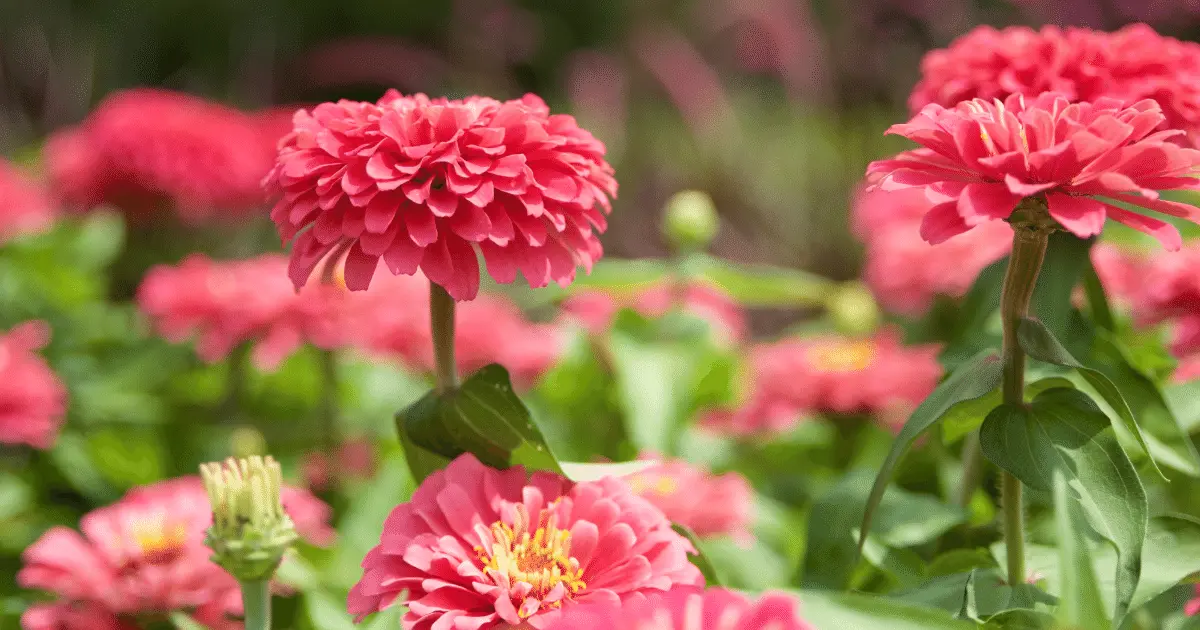
Zinnia is the perfect way to add some colour to your garden space. Zinnia, through its bright flowers, attracts pollinators to the cilantro plantation. The height of the zinnia serves Cilantro by providing it a cool shade from harsh sunlight radiations.
14. Cucumber
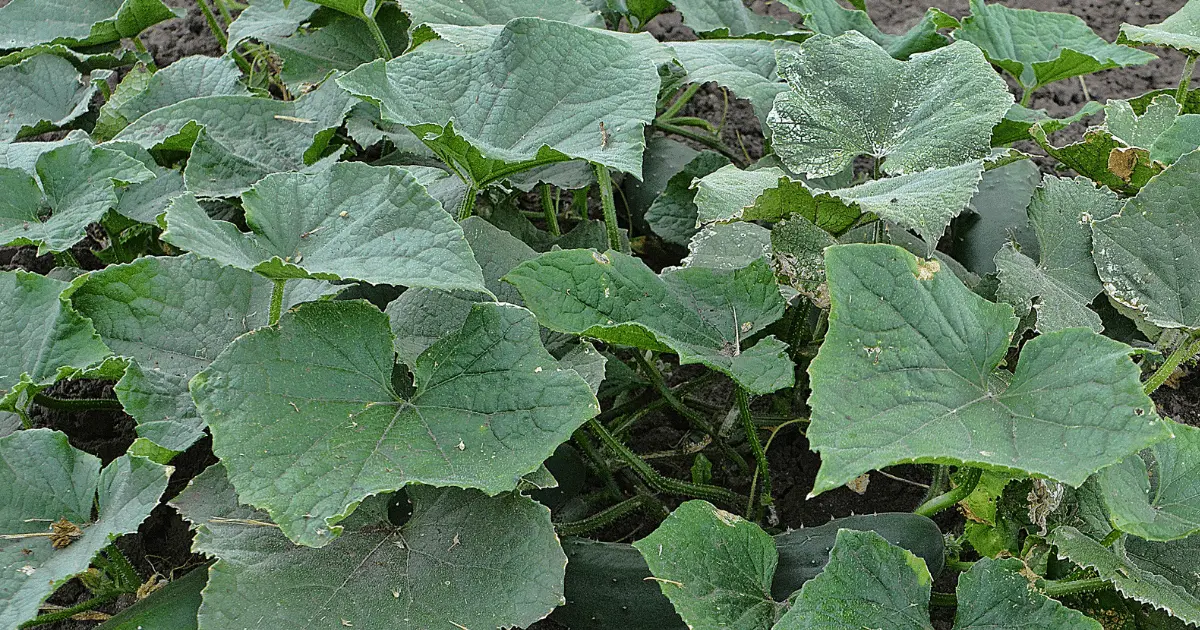
There aren’t so many vegetables that do well around Cilantro; Cucumber is one of those few that prospers around Cilantro. Pests don’t bother this pair when grown together in the same garden space.
15. Celery
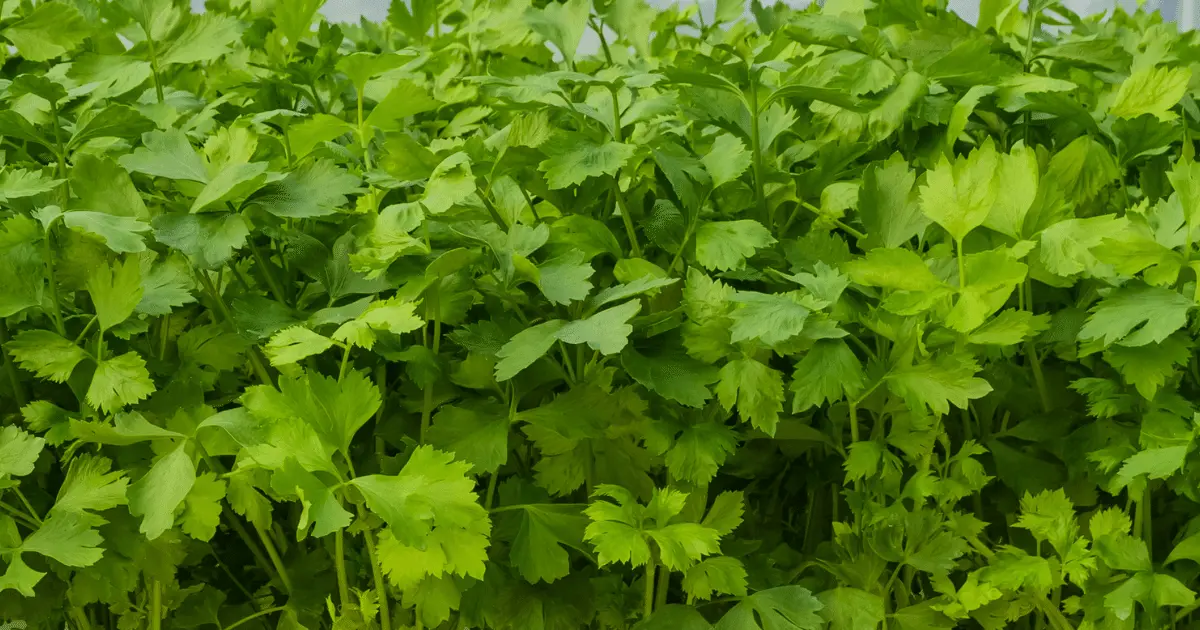
Bugs are one of the biggest threats to the survival of celery, but planting alongside Cilantro will solve the bug problem. Cilantro is a superb pest repellant, and bugs are one of Cilantro’s especially repelled pests.
16. Eggplant

The survival of eggplants is threatened by many pests, one of which is the Colorado potato beetle. Planting Cilantro around eggplants can naturally solve this pest problem, thereby giving your eggplants a better chance at life and healthy survival.
17. Potatoes

This root crop stands to gain a lot from a relationship with Cilantro. That is because Cilantro repels potato beetles which are dreadful pests of potatoes. So, if potato beetles threaten your potato farm area, bring Cilantro into the farm, and the beetles will stay away.
18. Okra
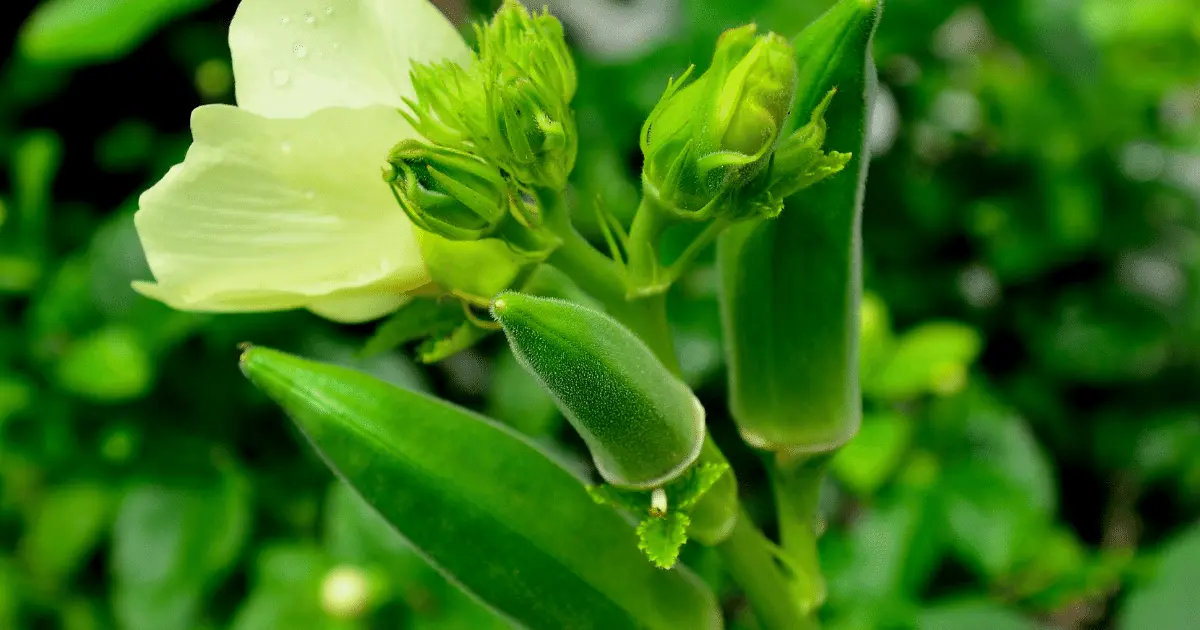
Cilantro benefits okra greatly because of its pest-repellant traits. Cilantro will keep certain pests of okra off the okra farm, but it also attracts pollinators to keep the okra pollinated when its flowers bloom.
19. Cauliflower

Cilantro is a light soil nutrient feeder, so combining it with Cauliflower in the same garden space will create no viable competition for soil nutrients. Then Cilantro repels bugs such are disastrous to the survival of Cauliflower.
20. Kale

The companioning of kale and Cilantro is a greatly beneficial one, especially to the kale. Cilantro is a pest repellant that keeps many kale pests off the farm space. Not only does Cilantro repel kale pests, but both plants also do well because kale isn’t selfish with soil nutrients. So, you have enough soil nutrients for both plants when you combine them in the same farm space.
Precautionary Measures For Using Cilantro Companion Plants
Choosing the wrong companion for a cilantro farm can be disastrous either to the Cilantro or to the companion. That is why you must carefully select the plants to combine with Cilantro on the farm space.
Also, when you have even the right companion plant, consider the growth requirements of the other plant, so it doesn’t deter Cilantro, and Cilantro isn’t deterred by it.
What not to Grow with Cilantro
Having settled those, the following lines will show you some plants you should never consider combining with Cilantro in the same space.
Dill
You can lose your cilantro seeds if you plant with dills because dills will cross-pollinate with Cilantro.
Fennel
You can almost call this plant a lone ranger; it doesn’t thrive well with other plants, and Cilantro isn’t excluded.
Carrots
Carrots can cross-pollinate with Cilantro, thereby causing seed loss. Aside from this, planting Cilantro and carrots in the same space will stunt the growth of carrots.
Rosemary, thyme, and oregano have different moisture requirements from Cilantro, so it’s best to keep them off the farm space. If perhaps you must combine Cilantro with any of them, you can use a pot or a container so their moisture requirements are adequately catered to inside the container.
